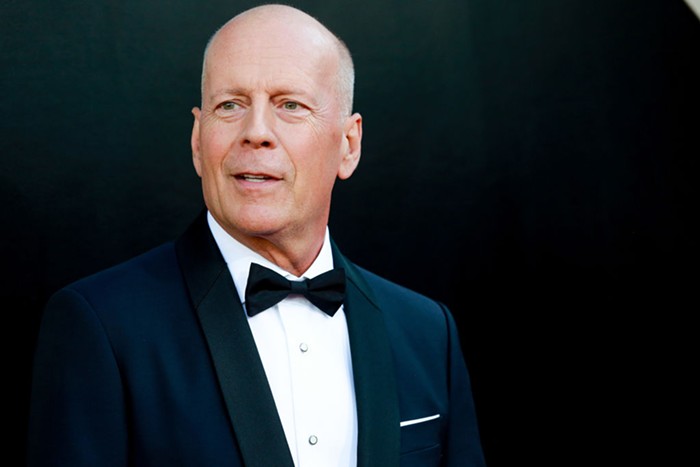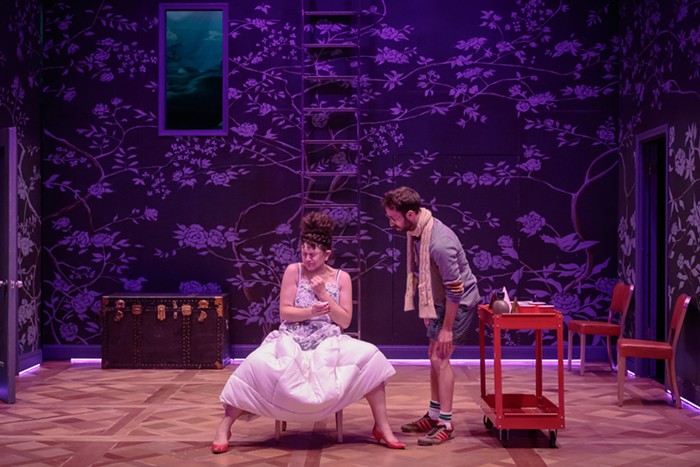
- Daniel Barrow
"The new creed of the obscenely rich: sorrow for sorrow's sake alone." Daniel Barrow's The Thief of Mirrors is a wry takedown of the upper class, positing that "crying is a class privilege." The wealthy victims of the story's protagonist, a harlequin "kissing bandit," wake one morning to find that they've been robbed of their jewels, their wealth, and with it their ability to express sadness. What they're left with is a kiss, a simple red rose, and the sad clown visage of the thief etched permanently into the glass of their mirror, a symbol of their new status.
"Dear Mom and Dad," begins each letter which serve as the narrative device in Barrow's second piece, Looking for Love in the Hall of Mirrors. Inspired partly by Harper Lee's classic novel To Kill A Mockingbird and partly by the gay cruising park known as "the hill" in Winnipeg, where the story is set, this piece is a melancholy tale of an aging, closeted man who moves from the farm where he's lived all his life to the big city searching for a new life in art and love. He likes the city, is fascinated by the cruising culture in this park (though he never quite fully describes this to Mom and Dad), but ultimately seems to be stuck on the outside looking in.
What I appreciated most about this performance, which was co-presented at the Whitsell Auditorium by the NW Film Center, is Daniel Barrow's innovation, and his multimedia approach. It is rare to see someone creating a completely new and different form of performance, and especially surprising when it uses such a familiar and utilitarian piece of equipment as the overhead projector.
Barrow layers and manipulates his own illustrations on mylar transparencies (and, I think, some digital content) while narrating the story himself over a musical soundtrack. Barrow is obviously quite inventive, a talented visual artist, writer, and creator, and he employs these talents here to explore and comment on the relevant themes of economic inequality and the closeted gay experience.
At times though, especially in the second piece, Barrow's flowery prose got too dense for me, and his allusions to artists and writers I'm not terribly familiar with (Antoine Watteau and Quentin Crisp are each mentioned more than once) distanced me from the narrative and, paired with Barrow's soft tones and lulling score, found me struggling to stay awake, let alone engaged. And I was personally a bit creeped out by the style of the illustrations at times; clowns and wandering eyeballs just aren't my thing.

- Daniel Barrow
- A victim of the Thief of Mirrors: bit creepy, no?
So although I was torn on how much I enjoyed this particular performance, it was definitely worthwhile, if only to be exposed to Barrow's distinctive artistic style and techniques.


















